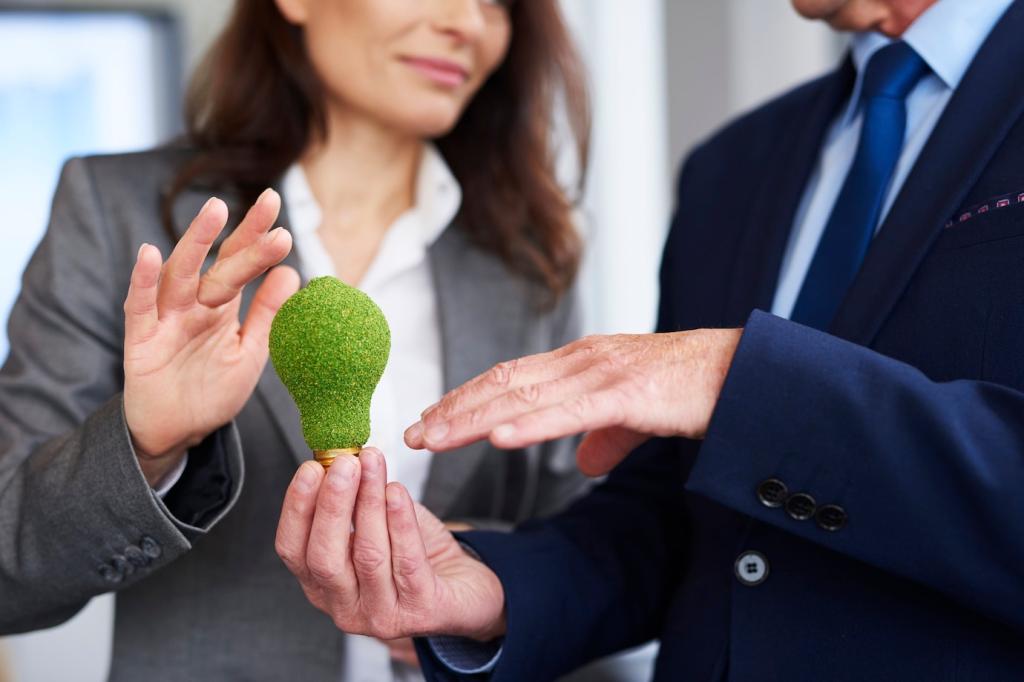Sustainable Home Renovations: Eco-Friendly Benefits
Understanding Sustainable Renovations
Sustainable renovations stem from a holistic approach to building and design, seeking harmony between human comfort and ecological responsibility. This philosophy examines the entire renovation process, from sourcing materials to waste disposal, with the aim of reducing the overall carbon footprint. By integrating both traditional wisdom and modern innovation, green remodeling encourages thoughtful, long-term choices over short-lived trends.
At its core, life cycle thinking means considering the impacts of materials, products, and systems from creation and use to eventual disposal or recycling. In sustainable renovations, this mindset drives the selection of materials that are durable, responsibly sourced, and capable of being recycled or reused. Adopting this approach decreases resource extraction, lowers emissions, and supports a circular economy.
Eco-friendly design isn’t about sacrificing beauty—it’s about reimagining it. Sustainable renovations often introduce natural light, biophilic elements, and earthy textures into the home, creating spaces that feel inviting and alive. Whether through reclaimed wood features, low-VOC paints, or living green walls, these choices enhance visual appeal while honoring nature and human well-being.

Energy Efficiency Upgrades
Properly insulating and sealing your home’s envelope is fundamental to efficient energy use. Today’s options include recycled denim insulation, blown cellulose, and spray foams made from renewable resources—all helping to keep conditioned air inside and external weather outside. Additionally, focusing on draft-proofing—sealing gaps around windows, doors, and attics—prevents thermal leaks and eases the burden on heating and cooling systems.

Water Conservation Strategies
Low-Flow Fixtures and Dual-Flush Toilets
Modern low-flow faucets, showerheads, and dual-flush toilets offer the same reliable performance while using a fraction of the water of older models. Installing these fixtures as part of your renovation can cut water use in kitchens and bathrooms by up to 50 percent. The result is not only significant utility savings but also reduced strain on municipal water supplies and wastewater systems.
Greywater and Rainwater Harvesting Solutions
Greywater systems capture and reclaim water from sinks, showers, and washers for appropriate reuse, such as irrigation or toilet flushing. Rainwater harvesting collects rooftop runoff, providing a natural and decentralized supply to maintain gardens or top up ponds. Both methods lessen demand on treated drinking water and offer resilience during droughts or water restrictions, ensuring a more sustainable household operation.
Drought-Resistant Landscaping and Xeriscaping
Renovating your outdoor spaces with native, drought-resistant plants and permeable paving minimizes irrigation needs while enhancing curb appeal. Xeriscaping techniques allow for beautiful, thriving landscapes without the water-intensive maintenance of traditional lawns. By replicating natural systems, these gardens support pollinators, reduce runoff, and foster a living connection with the local environment.
Health and Indoor Air Quality
01
Traditional building materials can off-gas harmful substances like formaldehyde and volatile organic compounds (VOCs) that lower air quality. Switching to eco-friendly paints, adhesives, flooring, and cabinetry mitigates these risks. Look for certified low-VOC or no-VOC products to ensure a cleaner indoor atmosphere, which is especially beneficial for children, seniors, and anyone with respiratory sensitivities.
02
Increasing the amount of natural daylight and enabling fresh air circulation greatly improves indoor comfort and health. Expanded window openings, skylights, and operable transoms promote airflow and harness the sun’s natural rhythms. This reduces the reliance on artificial lighting and mechanical ventilation while creating uplifting spaces that support well-being.
03
Strategically integrated houseplants do more than beautify your renovated spaces—they actively purify the air by absorbing pollutants and adding humidity. Species such as snake plant, spider plant, and peace lily are known for their ability to filter toxins. Bringing greenery indoors as part of your sustainable renovation merges décor with natural filtration, cultivating a calming, health-supportive environment.

Using Recycled and Upcycled Materials
From reclaimed hardwood floors to countertops crafted from recycled glass, today’s eco-conscious markets offer a wealth of beautiful, functional materials with previous lives. Using these products keeps valuable resources in circulation and prevents unnecessary landfill waste. Each choice to upcycle or recycle brings unique character to your home while supporting a reduction in raw material extraction.

Locally Sourced and Rapidly Renewable Materials
Materials sourced from within your geographic region require less transportation and, therefore, less fuel and emissions. Opting for locally quarried stone, regionally milled lumber, or bamboo—a rapidly renewable resource—enables homeowners to support regional economies while lowering their renovation’s overall environmental impact.
Financial Advantages of Eco-Friendly Renovations
The most immediate financial advantage of sustainable renovations is reduced utility bills. Upgrades such as high-efficiency appliances, solar panels, and improved insulation reduce monthly expenses by slashing energy and water use. Homeowners enjoy significant savings over time, which helps recoup renovation costs and enhances household budgeting flexibility.

Previous slide
Next slide
